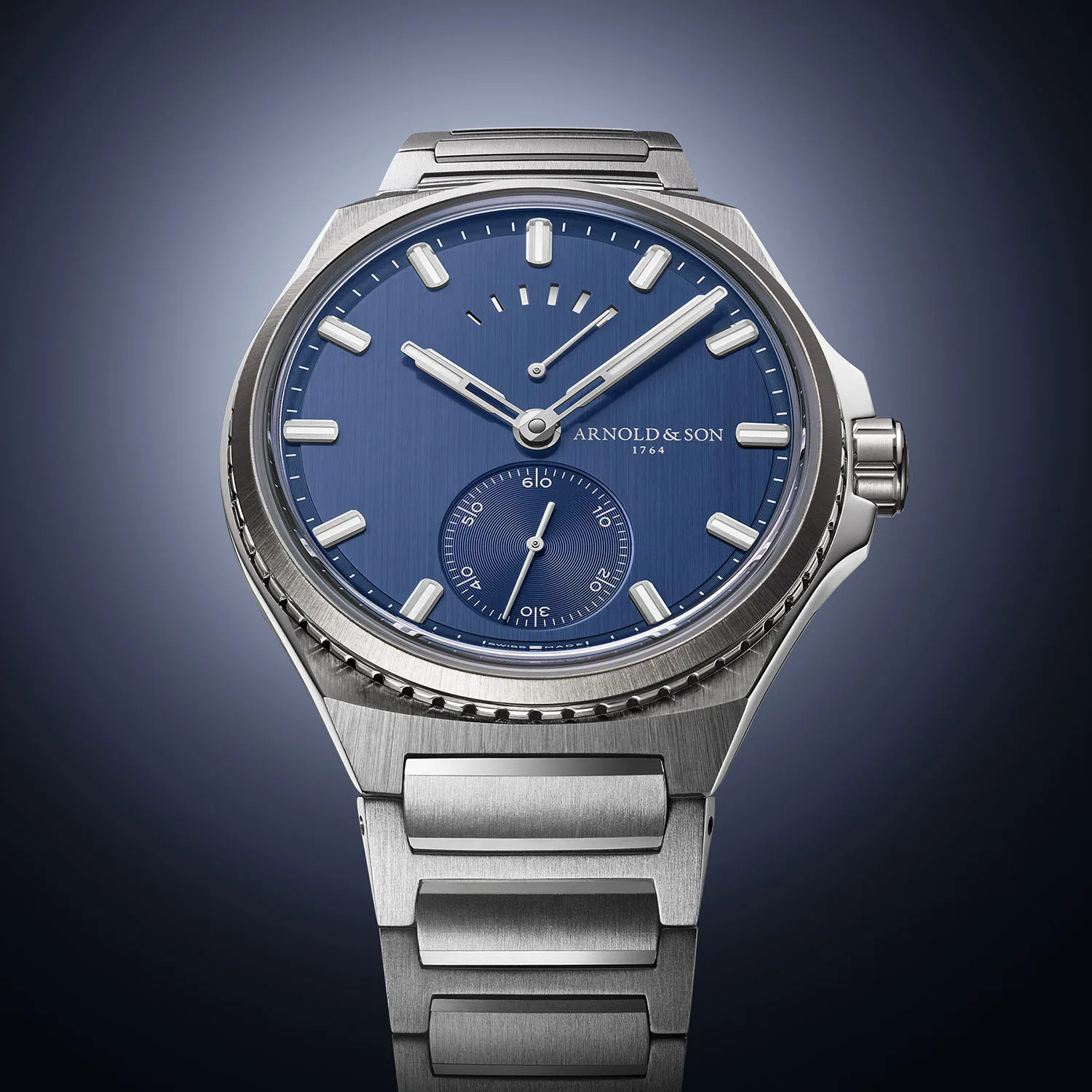By Magnus Salbu
Vallée de Joux differs from the rest of our list so far in the way that it’s actually not a city. Vallée de Joux is, as the name suggests, a valley in the Jura mountains of Switzerland. It is widely known as the watchmaking valley, and there are small towns scattered all over it which contain the headquarters of many different manufacturers. In this article, we’re taking a look at three giants of Valleé de Joux.
Breguet
Photo: Matthew Bain Inc.
Why not start with Breguet, whose founder, Abraham-Louis Breguet is often referred to as the father of Swiss watchmaking. Breguet was founded in Paris in 1775, and therefore one of the oldest manufacturers who has been producing watches continuously since their founding. Abraham-Lous Breguet quickly rose to fame with the help of his connections made during his 10-years watchmaking studies. Both the queen of France, Marie Antoinette, and her lover, a Swedish count became fascinated by Breguet’s watches and ordered them for themselves. One of the most famous was supposed to be a gift from the Swedish count to the French queen. It was a pocket watch which included every complication known at the time. It was known as the Breguet Marie Antoinette No. 160.
One of the inventions Breguet is most famous for is the invention of the tourbillon. Abraham-Louis Breguet finished the development of the tourbillon in the beginning of the 1800’s. The tourbillon is a complication which counters the effect of gravity on a watch’s balance wheel by placing the whole escapement and balance wheel inside a tourbillon cage. This cage rotates around its own axis, thus always keeping the balance spring in a different position.
Jaeger-LeCoultre

Jaeger-LeCoultre is often referred to as the “watchmaker’s watchmaker” due to their sophisticated and no-nonsense timepieces and their almost unmatched innovation.
Jaeger-Lecoultre was founded in the small town of Le Sentier, Switzerland in 1833 by Antoine LeCoultre. As opposed to many of the Swiss watchmakers, Jaeger-LeCoultre has been manufacturing high-quality watches and movements since the very beginning. Only 10 years after its foundation, JLC invented the world’s most precise time measuring instrument, the Millionometre. By 1900, JLC had invented over 350 different calibers and employed over 500 people. By this time, they were known as the “Grande Maison of the Vallée de Joux”. Between 1900 and 1930, LeCoultre manufactured most of the base calibers for Patek Philippe.
After the successful launch of the legendary Jaeger-LeCoultre Reverso in 1931, LeCoultre officially changed their name to Jaeger-LeCoultre in 1937, although watches manufactured for the US market were branded only LeCoultre until 1985.
Audemars Piguet
Photo: Matthew Bain Inc.
The final manufacturer included in this list will be Audemars Piguet. Audemars Piguet was officially founded in the small village of Le Brassus in 1875, by childhood friends Jules-Louis Audemars and Edward-Auguste Piguet. The two had been making pocket watches long before this, but 1875 was the year they joined forces and started to make movements together. Audemars Piguet, like JLC, has always been manufacturing high-end, complicated mechanisms. In the beginning, they manufactured movements for other companies such as Tiffany & Co and Gubelin. In 1881, they officially registered the name Audemars Piguet et Cie. After this, they started producing their own watches. These watches mainly had complicated mechanisms such as perpetual calendars, chronographs, and minute repeaters. Audemars Piguet is one of the very few Swiss manufacturers who has been family owned and independent since the beginning.
In 1972, Audemars Piguet launched their most iconic timepiece to this day. The Royal Oak was the first steel watch marketed and priced as a luxury watch. In the beginning, it was considered ridiculously expensive for what is was a mechanical steel watch with an unconventional design. The watch was designed by a watchmaking legend, Gerald Genta and went on to become a huge success for Audemars Piguet, it is their most popular watch to this day.
So that was part one of Vallée de Joux. I decided to split this region into two parts due to the many watchmakers that are based there. It’s dubbed the valley of watchmaking for a reason.




